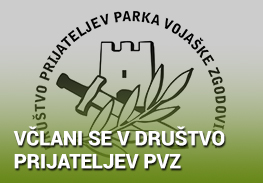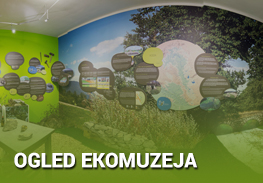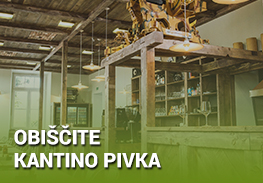Opening hours in April
The Park of Military History will be open in April from Monday to Friday between 10:00 and 15:00, and on Saturday and Sunday between 10:00 and 16:00.
On Saturday, 12 April, and Sunday, 13 April, the Submarine Weekend will take place in the Park of Military History. A diverse programme of lectures, workshops, and presentations will be held between 9:00 and 17:00.
A prior reservation is required for a tour of the interior of the submarine or the police boat P-111 as an additional museum offer. Reservations can be made by phone at +386 (0)31 775 002 or via email at [email protected].
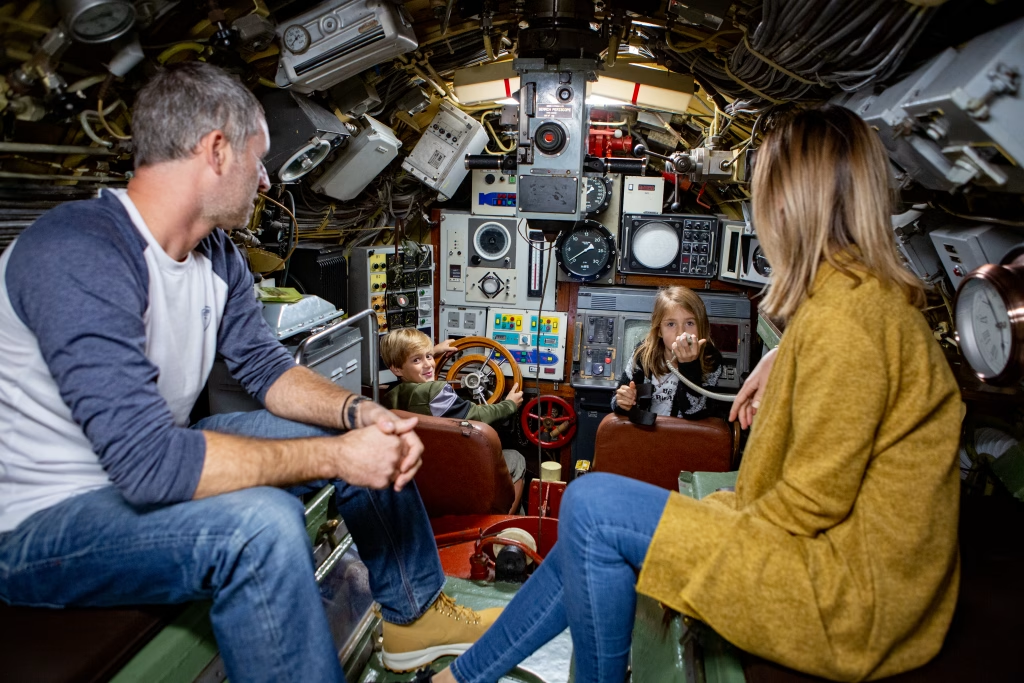
Opening hours in March
The Park of Military History will be open in March from Monday to Friday between 10:00 and 15:00, and on Saturday and Sunday between 10:00 and 16:00.
For a tour of the submarine’s interior as an additional museum offering, a prior reservation is mandatory. Please book your visit of the submarine or the police boat P-111 in advance by calling +386 (0)31 775 002 or via email at [email protected].
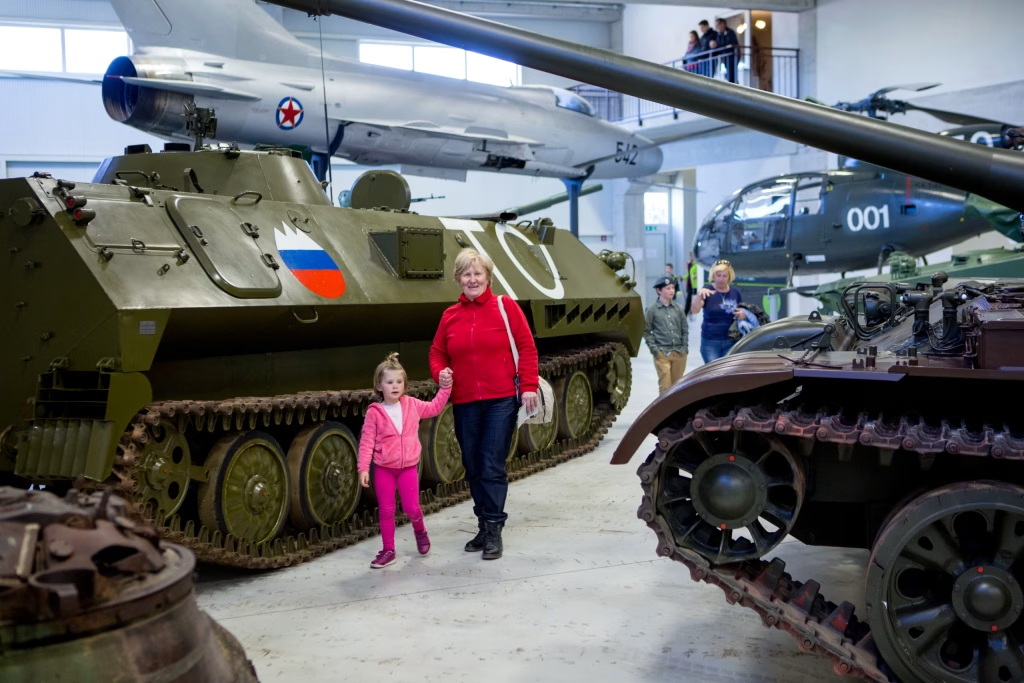
ZGODOVIKEND (History Weekend)
ZGODOVIKEND (History Weekend)
ZgodoVikend is the largest event at the Military History Park, traditionally held on the third weekend of September – this year on 19, 20, and 21 September 2025.
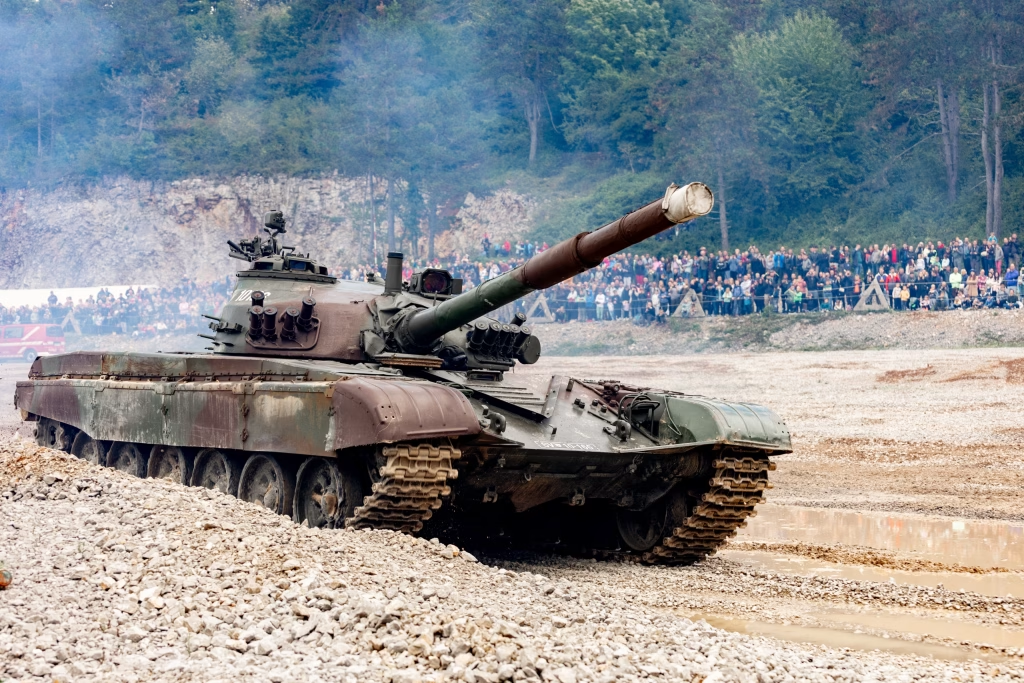
As an introduction to the diverse programme of ZgodoVikend, the traditional Vestirnga 2025 will take place on Friday. As part of this event, the Defence Administration will conduct an introduction for military conscripts of the 2007 generation, who, just like past generations, will arrive on richly decorated recruitment wagons.
Saturday’s events will begin with a hike to Primož, featuring a thematic lecture at the former Italian underground fortress of the Alpine Wall and a guided tour of its interior. Visitors will then have the opportunity to take part in various guided tours of exhibitions and collections as part of an expanded programme, while the youngest attendees can enjoy a range of creative workshops. As part of the accompanying programme, the Stanislav Požar Barracks will host an open day, where visitors will experience what it’s like to ride in a tank and get a glimpse into the life of a soldier in the Slovenian Armed Forces.
Sunday’s museum atmosphere will be enriched by numerous expert-guided tours of various permanent and temporary museum exhibitions, providing participants with deeper insights into the themes and backgrounds of individual exhibits and collections. In collaboration with partner museums, a diverse selection of workshops and animations will be held, presenting selected historical topics in an educational and entertaining way for younger visitors. The programme will also include film screenings, a mini fair of military history literature, an exhibition of vintage vehicles, as well as static and dynamic presentations by the Slovenian Armed Forces, Civil Protection, fire brigades, and the Police.
One of the main highlights of ZgodoVikend will be the sunday demonstration drives of vehicles from the operational collection of the Slovenian Armed Forces Military Museum and the Military History Park.
The organisers reserve the right to make programme changes.
Winter Holidays at the Park of Military History
The Park of Military History will be open every day from 15 February to 2 March 2024 between 10:00 and 16:00 during the winter holidays.
ADVANCE BOOKING IS REQUIRED for visiting the interior of the submarine or the police boat P-111.
Reservations can be made at +386 31 775 002 or [email protected].
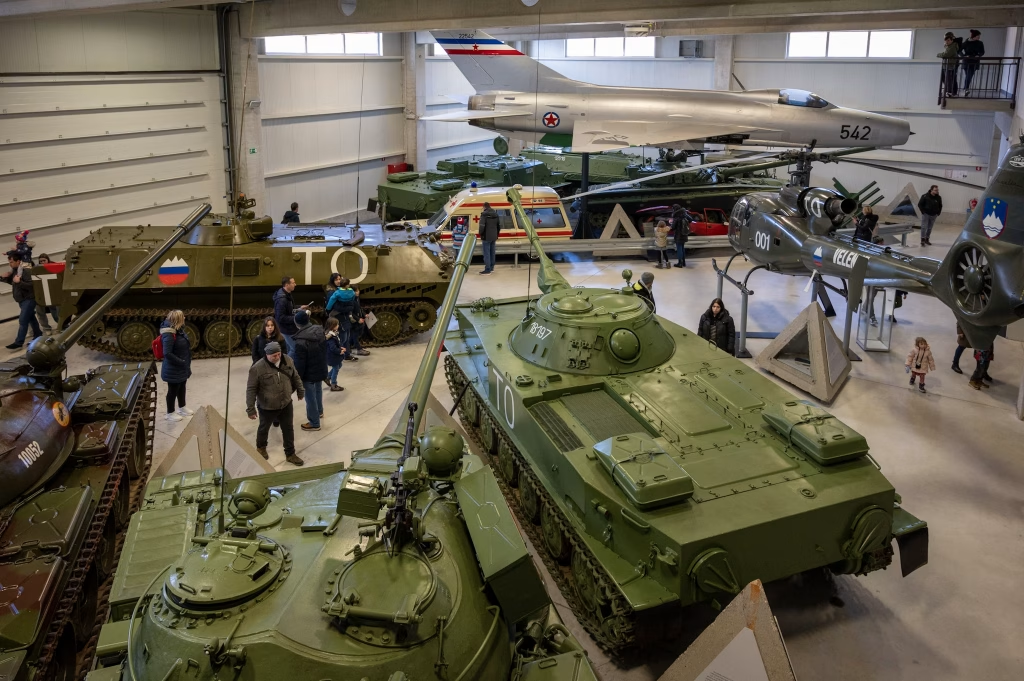
Opening of the exhibition “IN (Novo) MESTO? German bombing. ruins. reconstruction.”
On Wednesday, 5 February 2025, the opening of the exhibition “IN (Novo) MESTO? German bombing. ruins. reconstruction.” took place at the Park of Military History.
The event commenced with an address by the Director of the Park of Military History, Mag. Janko Boštjančič, followed by a welcome speech from Ms Jasna Dokl Osolnik, Director of the Dolenjska Museum Novo mesto and the exhibition’s author, and Ms Marjeta Bregar, historian and curator at the Dolenjska Museum. The exhibition was officially inaugurated by Mag. Matjaž Ravbar, Director General of the Directorate for War Veterans and Military Heritage. The opening ceremony was enriched by a performance from the Slovenian Armed Forces Orchestra.
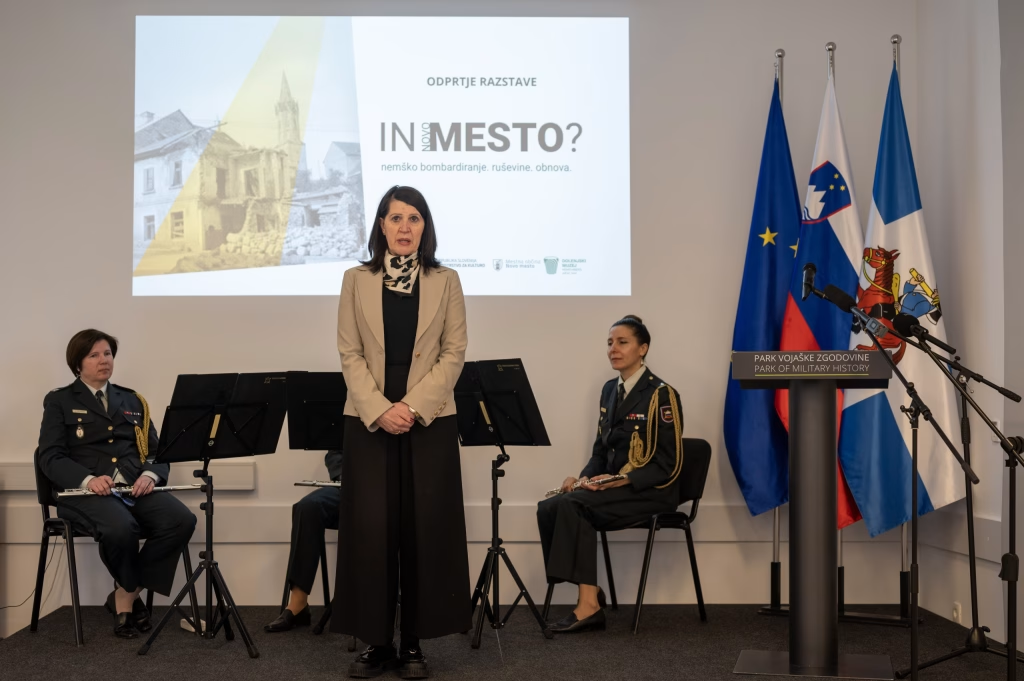
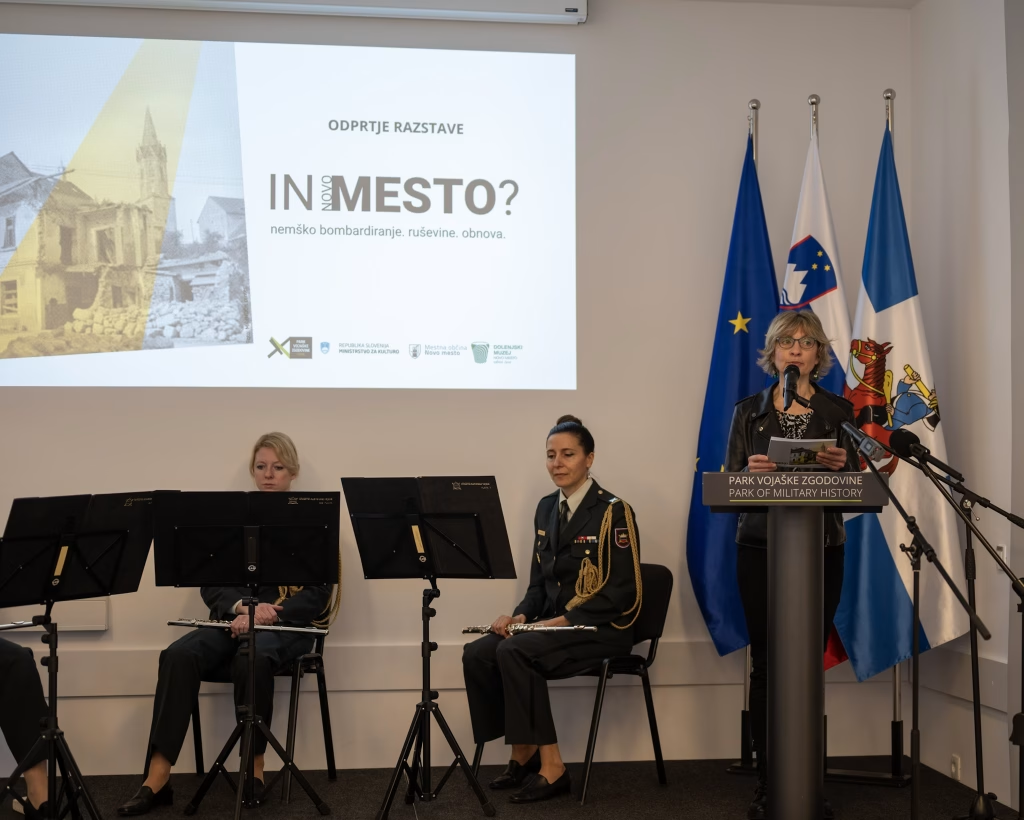
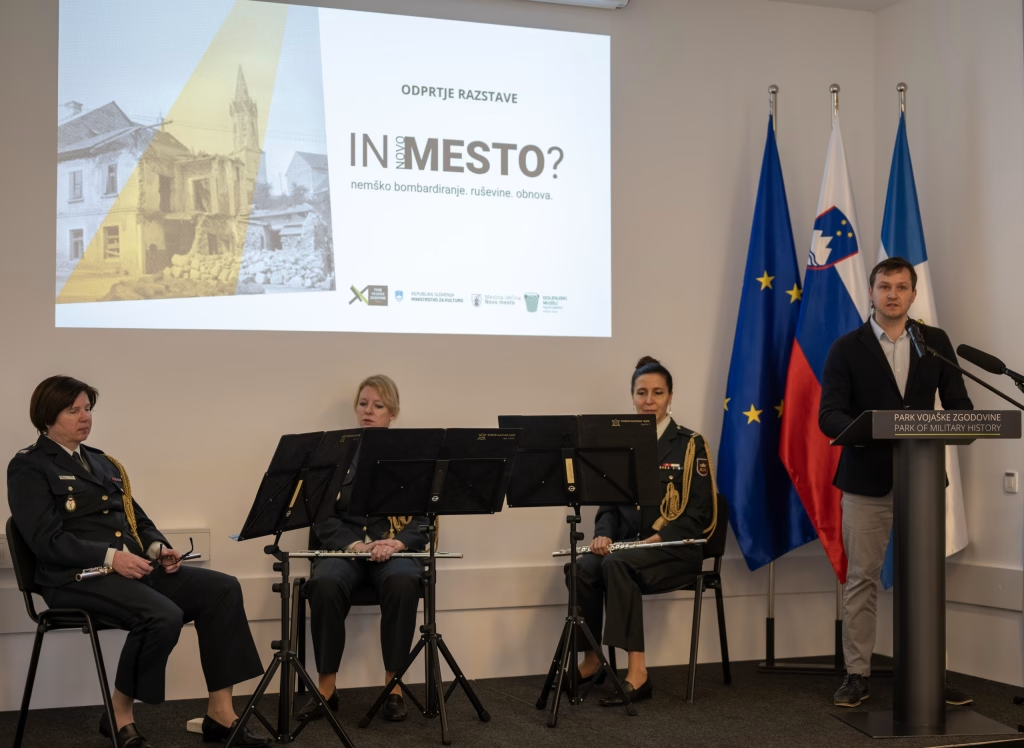
The exhibition “In (Novo) Mesto? German Bombing. Ruins. Reconstruction.” was curated by historian and curator Marjeta Bregar from the Dolenjska Museum in collaboration with architect Natalija Zanoški from the Society of Architects of Dolenjska and Bela Krajina, art historian Katarina Dajčman, and designer Maja Rudolf Markovič. The construction of the wooden exhibition structure was supported by the Secondary School of Construction, Woodworking, and Early Childhood Education in Novo Mesto.
The exhibition was financially supported by the Ministry of Culture of the Republic of Slovenia and the Municipality of Novo Mesto, with additional support for its hosting provided by the Park of Military History.
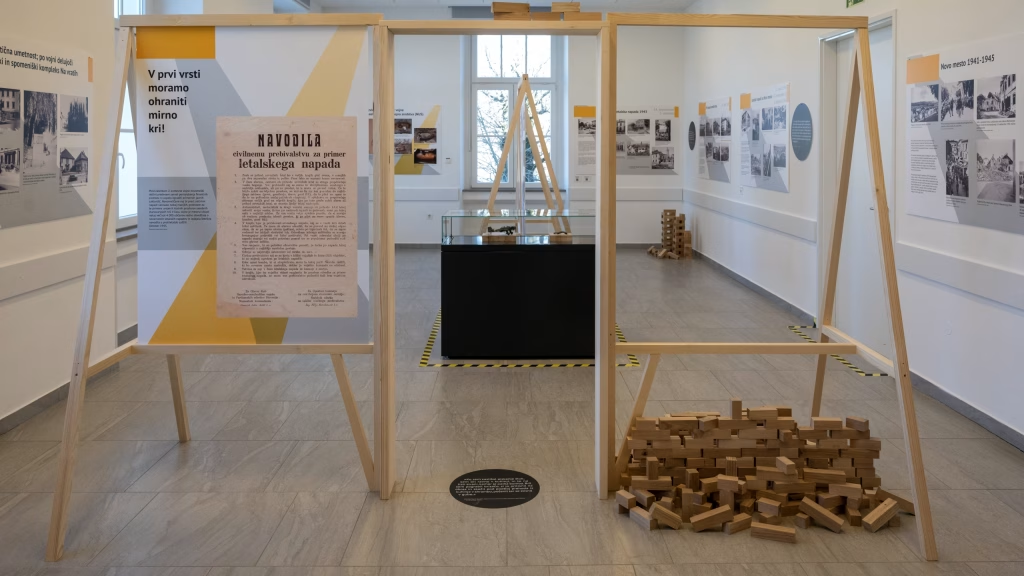
The exhibition presents the German aerial bombings of Novo Mesto during the Second World War, focusing particularly on the three attacks that struck the Dolenjska capital in the spring of 1941 and the autumn of 1943. However, the exhibition is not solely about the air raids, the suffering, and the fear experienced by the inhabitants; it also highlights the city’s reconstruction, which took more than a decade to complete.
Through extensive archival and photographic material, the exhibition offers insight into the pre-war, wartime, and post-war events in Novo Mesto. It revives the memories of residents who lived through the bombings, raises awareness of the dangers posed by unexploded ordnance, and underscores the importance of preserving both tangible and intangible cultural heritage.
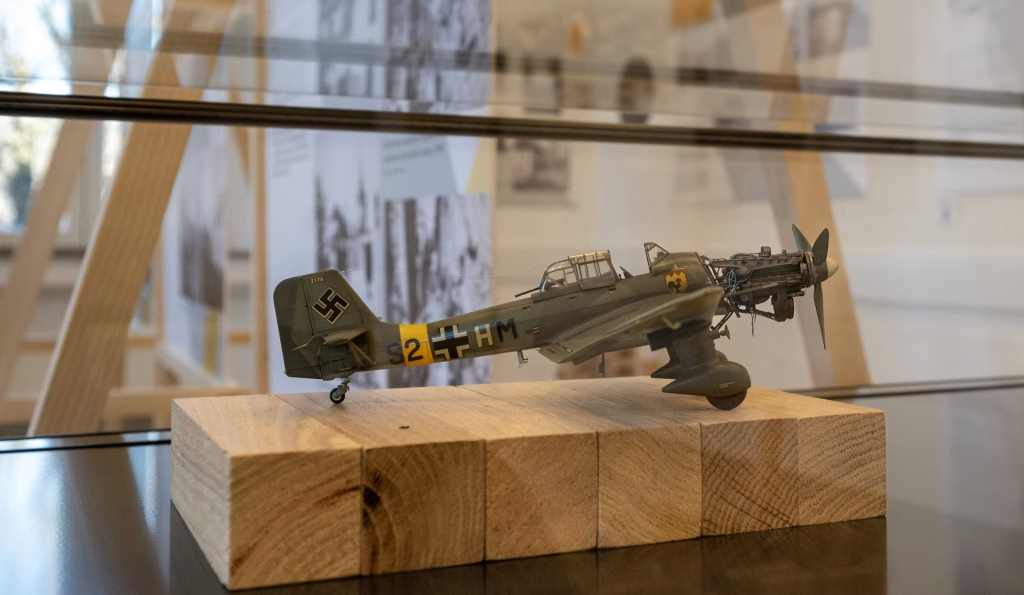
The hosting of the exhibition coincides with the Park’s temporary exhibition “Slovenia Under a Hail of Bombs – Allied Bombings 1944–1945,” which was opened last September. This allows visitors to gain a more comprehensive insight into the wartime events in Slovenian airspace during the Second World War.
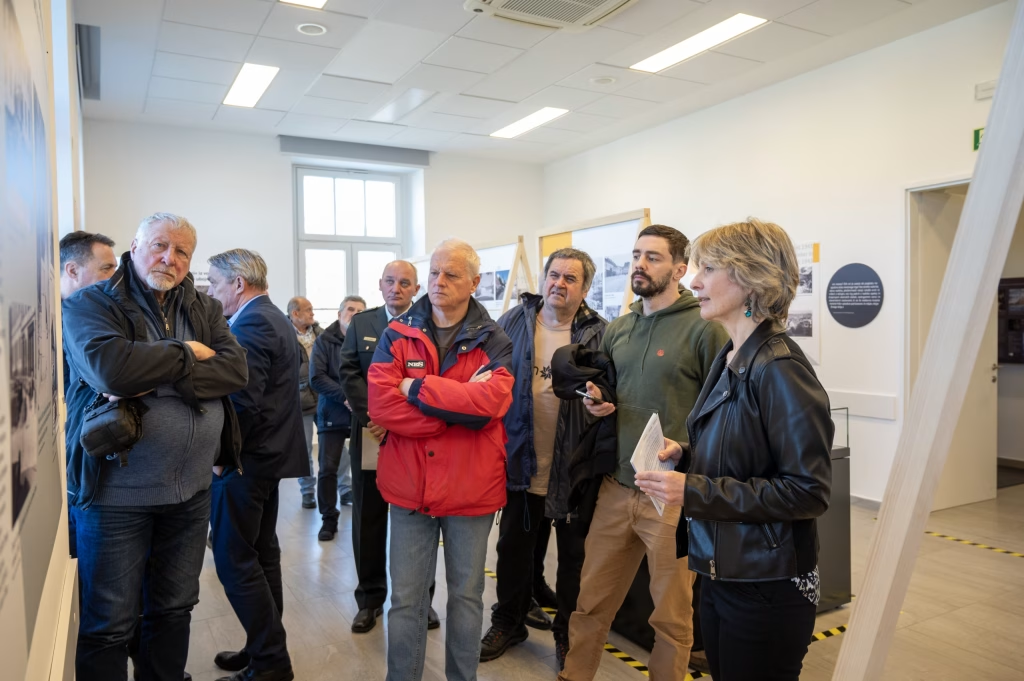

The exhibition will be on display at the Park of Military History until 30 March.
You are kindly invited to visit!
Prešeren Day – Slovenian Day of Culture
On the Slovenian Cultural Holiday, 8 February 2025, the Park will be open from 10:00 to 17:00, and all visitors will receive a 50% discount on the standard admission fee (discounts cannot be combined). Advance booking is required for tours of the submarine interior and for using the MiG-21 flight simulator, with additional services charged according to the current price list. Other activities listed in the programme below are free of charge.
For reservations or further information, please contact us on 031 775 002 or via email at [email protected].
The depots of Slovenian National Museum, Technical Museum of Slovenia and National Museum of contemporary history of Slovenia of will be open from 10:00 to 17:00.
Programme:
10:30–11:30 – Tours of the interior of the P-111 submarine
11:00 – Guided tour of the exhibition “Slovenia Under a Hail of Bombs – Allied Bombings 1944–1945” and screening of the film Bombing of Slovenia
12:00 – Guided tour of the guest exhibition “And (Novo) mesto? German Bombing. Ruins. Reconstruction.” by Marjeta Bregar, curator at the Dolenjska Museum
12:00–15:00 – Children’s workshops by the Park of Military History in the ground floor of Pavilion A
12:30 – Guided tours of the exhibitions and collections in Pavilions B, C, and A
13:00–14:00 – Tours of the interior of the P-111 submarine
14:00 – Behind the Scenes of the Vehicle Collection (guided tour of the operational part of the collection) in the tank garages (meeting point: by the locomotive)
15:00 – Screening of the film Eddy’s War (multimedia hall, Pavilion A). The film has a runtime of 1 hour and 40 minutes. WARNING: The film contains sensitive scenes
16:00 – Guided tour of the exhibition on the development of the Park of Military History “They Shall Beat Their Swords into Ploughshares and Their Spears into Pruning Hooks (Isaiah 2:4)” (behind the Komanda Building)
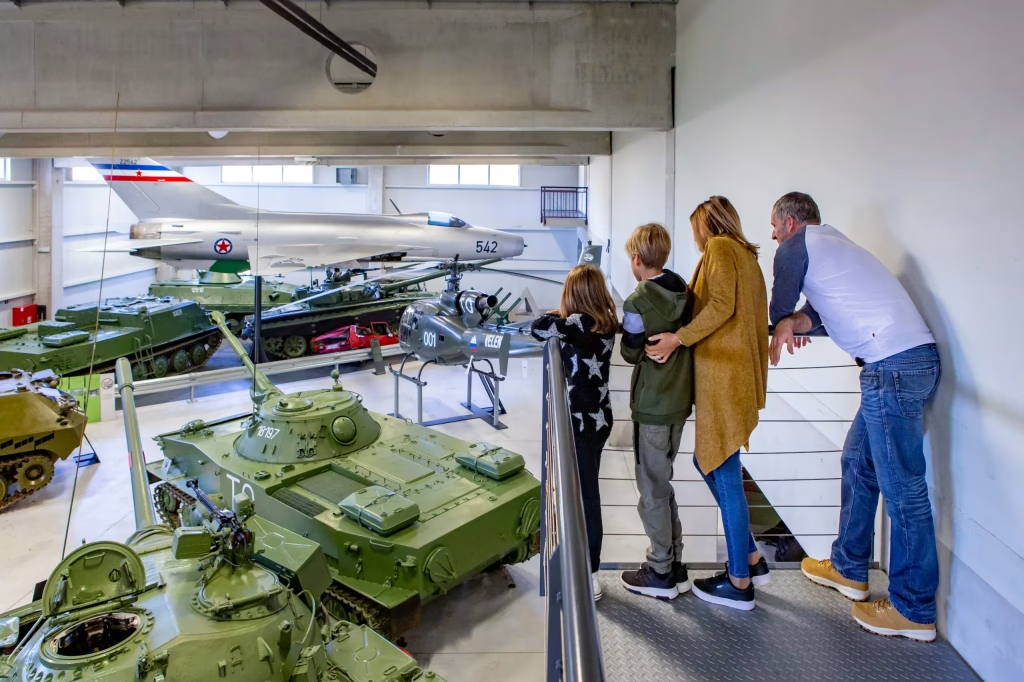
NOTICE
Discounts cannot be combined. Additional services (guided tour of the interior of the submarine) are charged according to the current price list.
The organiser reserves the right to modify the programme.
Activities within the Park of Military History complex will be photographed and recorded. Photos and recordings will be used for promotional purposes by the Park of Military History. Visitors agree that they may also be recorded or photographed during the event, including audio recordings where applicable.

